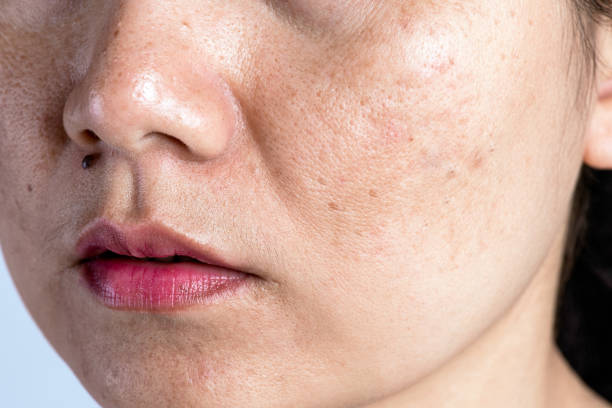The Importance of Patch Testing: Preventing Allergic Reactions from Pigmentation Treatment
Introduction:
Pigmentation treatment in Bangalore is a popular cosmetic procedure that aims to improve the appearance of skin affected by hyperpigmentation or melasma. While pigmentation treatment can be an effective solution, it can also cause allergic reactions in some people. In this blog, we will discuss the importance of patch testing before undergoing pigmentation treatment to prevent allergic reactions.
What is Pigmentation Treatment?
Pigmentation treatment is a cosmetic procedure that aims to improve the appearance of skin affected by hyperpigmentation or melasma. The treatment can be performed using various methods such as chemical peels, laser treatment, and microdermabrasion.
Allergic Reactions from Pigmentation Treatment
Allergic reactions are a common risk associated with pigmentation treatment. Some people may experience itching, redness, swelling, or other symptoms after the treatment. These reactions can be caused by the ingredients in the pigmentation treatment or by the technique used during the procedure.
Importance of Patch Testing
Patch testing is a simple and effective way to determine whether a person is allergic to the ingredients in a pigmentation treatment. During the test, a small amount of the treatment is applied to a patch of skin on the arm or back. The skin is then monitored for a period of 48 to 72 hours for any signs of an allergic reaction. If no reaction occurs, it is safe to proceed with the treatment.
Preventing Allergic Reactions
Patch testing is the best way to prevent allergic reactions from pigmentation treatment. However, there are other steps that can be taken to minimize the risk of an allergic reaction. These include choosing a reputable pigmentation treatment clinic, discussing any allergies with the dermatologist, and following post-treatment care instructions carefully.
Conclusion
Pigmentation treatment can be an effective solution for improving the appearance of skin affected by hyperpigmentation or melasma. However, allergic reactions are a common risk associated with the treatment. Patch testing is a simple and effective way to determine whether a person is allergic to the ingredients in a pigmentation treatment. By taking the necessary precautions, such as patch testing and choosing a reputable pigmentation treatment clinic, it is possible to minimize the risk of an allergic reaction and safely undergo melasma treatment in Bangalore for beautiful and healthy skin.






